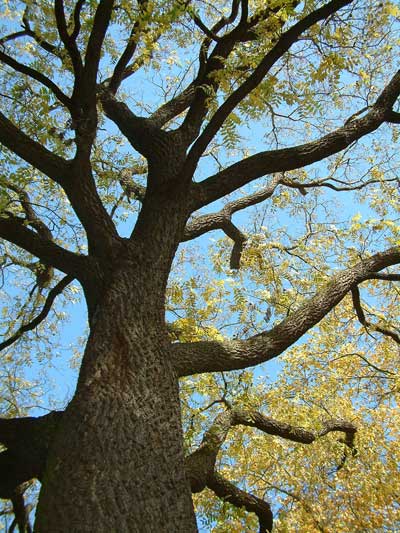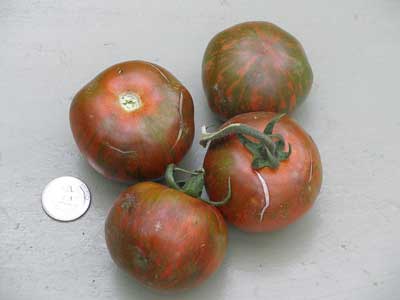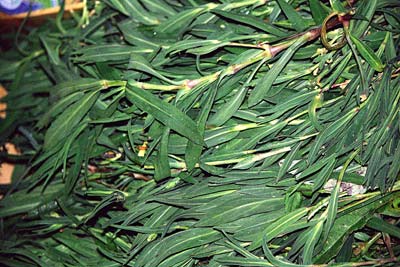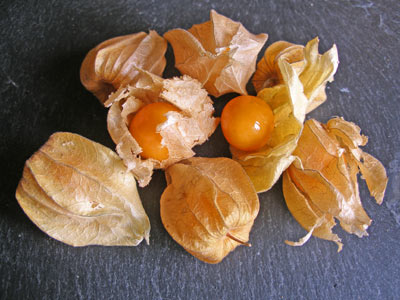A large, green variety of cooking apple flushed blushed and streaked with dark red, which may also be eaten. This late-season variety is harvested from late October in the United States and has good storage properties. It may be derived from a Winesap seedling in Arkansas which was introduced commercially commercially in 1868, or on a farm in Fayetteville in Texas in 1830. It has slightly sour, hard, crisp yellowish flesh which retains its shape in cooking so is good for pies.
A dark, mild and sweet vinegar, not unlike balsamic vinegar but made from glutinous rice or sorghum. It is used in the cuisine of northern and central China by adding to many dishes.

The black walnut is a a variety of walnut tree producing nuts with bitter meat and a very hard, black shell. I remember the racks of harvested walnuts laid out in the greenhouses at home, and then all hands to the deck to pull off the green skins to reveal the nuts inside. It was the only time we were allowed to the table for meals with dirty hands as our fingers and nails were completely stained by the work and the colour took days to fade.
A dark, knobbly, forbidding-looking cooking pear which is heavily russeted all over with dark skin detectable underneath. It has firm, grainy flesh.

A variety of black tomato striped with green. Prone to cracking.
The bladder is a membranous sac contained within the body in which urine is stored before expulsion. It is used in some dishes to wrap foods during cooking, to hold the ingredients in shape, as in the case of haggis. This is similar to the use put to casings, the intestines, in sausage making.

Bladder campion is a plant the leaves of which can be cooked and used in place of spinach. I have seen it in markets in Italy and Greece.

Chinese lantern. A relation of the physalis or cape gooseberry, this is a red fruit held in a papery red, lantern-shaped case, native to western Europe. It is mainly used for decorative purposes or for preserves and sauces.